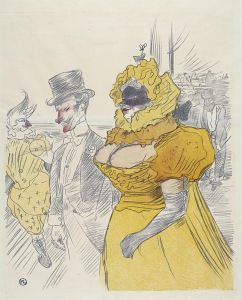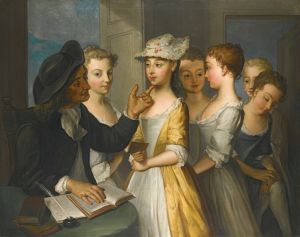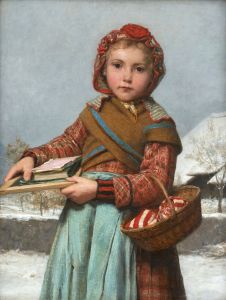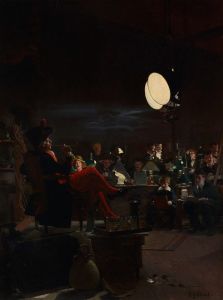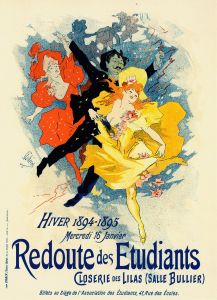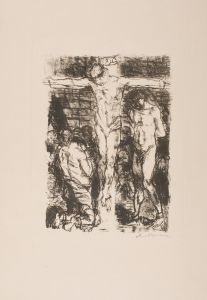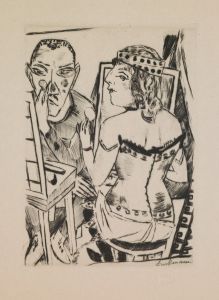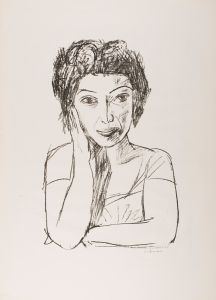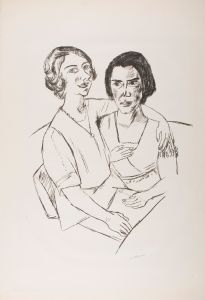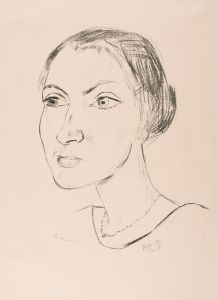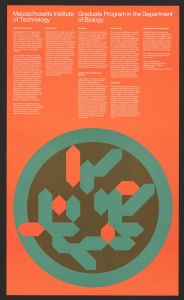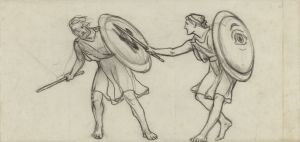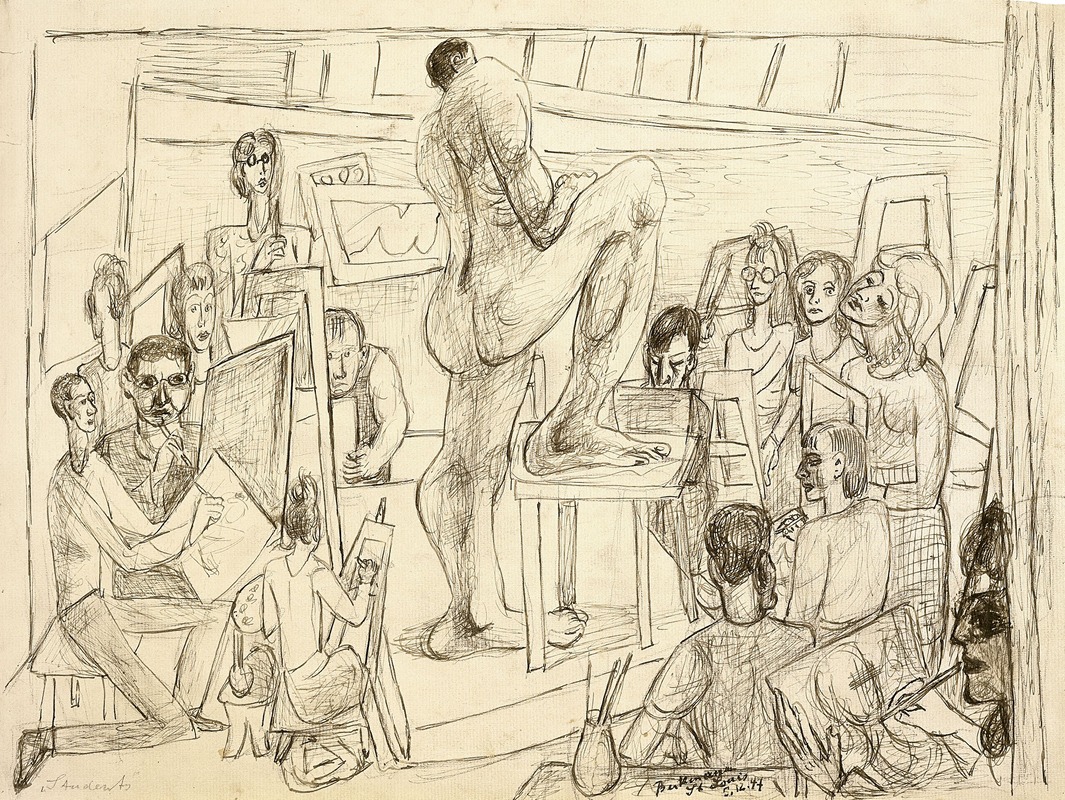
Students
A hand-painted replica of Max Beckmann’s masterpiece Students, meticulously crafted by professional artists to capture the true essence of the original. Each piece is created with museum-quality canvas and rare mineral pigments, carefully painted by experienced artists with delicate brushstrokes and rich, layered colors to perfectly recreate the texture of the original artwork. Unlike machine-printed reproductions, this hand-painted version brings the painting to life, infused with the artist’s emotions and skill in every stroke. Whether for personal collection or home decoration, it instantly elevates the artistic atmosphere of any space.
Max Beckmann's painting "Students" is a notable work by the German painter, who is recognized as one of the most important artists of the 20th century. Beckmann, born in 1884 in Leipzig, Germany, is often associated with the Expressionist movement, although his style evolved significantly throughout his career, incorporating elements of New Objectivity and other modernist trends.
"Students" was painted during a period when Beckmann was deeply engaged with themes of human experience and societal observation. His works often reflect the tumultuous socio-political climate of his time, particularly the interwar period and the rise of Nazism in Germany. Beckmann's art is characterized by bold colors, dramatic compositions, and a focus on the human figure, often exploring themes of existential angst, identity, and the human condition.
The painting "Students" captures a group of young individuals, presumably engaged in academic or intellectual pursuits. Beckmann's depiction of students can be seen as a reflection on youth, learning, and the potential for change and growth. The figures in the painting are rendered with Beckmann's typical use of strong lines and vivid colors, creating a dynamic and somewhat tense atmosphere. This tension may suggest the pressures and expectations faced by young people in a rapidly changing world.
Beckmann's own experiences as an artist and educator may have influenced his portrayal of students. He taught at the Städelschule in Frankfurt from 1925 until 1933, when he was dismissed by the Nazi regime, which labeled his work as "degenerate art." This period of his life was marked by significant professional and personal challenges, which may have informed his perspective on the role of education and intellectualism in society.
The painting is also notable for its composition and use of space. Beckmann often employed a compressed, almost claustrophobic space in his works, which can be seen in "Students." This technique serves to heighten the emotional intensity of the scene and draw the viewer into the psychological world of the subjects. The figures are typically arranged in a way that suggests interaction and dialogue, inviting the viewer to consider the relationships and dynamics at play.
"Students" is a testament to Beckmann's skill as a painter and his ability to convey complex themes through his art. His work continues to be studied and appreciated for its depth, technical mastery, and insight into the human experience. Beckmann's legacy as an artist is marked by his resilience in the face of adversity and his commitment to exploring the profound questions of his time through his art.
Today, Max Beckmann's paintings, including "Students," are held in high regard and can be found in major art collections and museums around the world. His influence on modern art remains significant, and his works continue to inspire and challenge audiences with their powerful imagery and thought-provoking themes.





